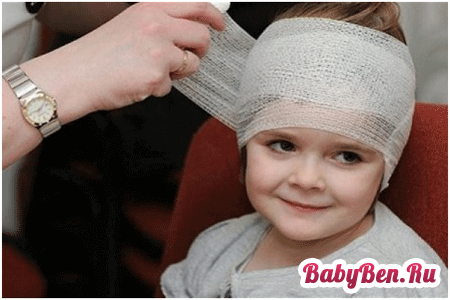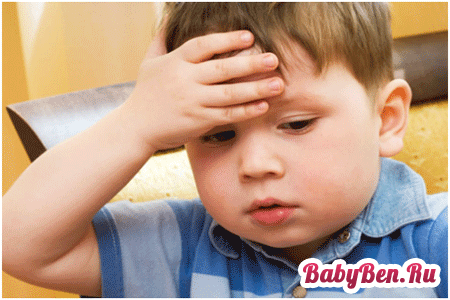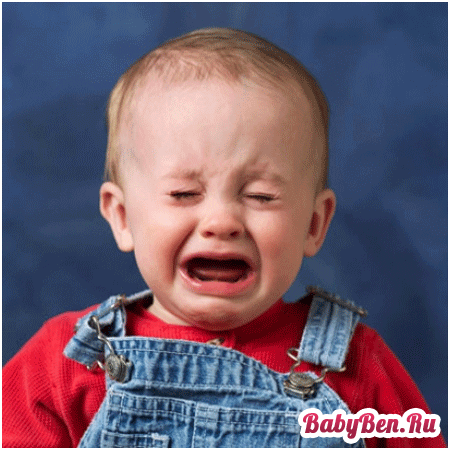
Cases of falling children with the consequences of serious blows are not rare. But it is especially dangerous when the head suffers from the blow during the fall of the child. But what to do if it was not possible to protect the baby, and yet the child hit his head? Further recommendations will help this.

The content of the article
Description of possible injuries when hitting the head
Cases that the child fell and hit his head, especially often can be found at the very early age as soon as he got on the legs. In this situation, the most important thing is to determine the severity of the blow.
If the child hit his head in the fall, then we must take into account the fact that the body at an early age is not yet completely strong, and therefore any blow can lead to serious problems in the future. The brain tissues, even at the slightest blow, can create a strong concussion.
It must be borne in mind that all injuries associated with brain damage can be divided into:
- open damage - in this case, damage to bones and soft tissues occurs;
- closed damage - in this case, the integrity of bones and soft tissues remains.
If the child hit his head, then he may have a closed injury, which is somehow associated with damage to the brain. It can be a concussion, bruise or compression.
A concussion of the brain does not cause large changes in the entire structure of the organ. With a bruise, places of destruction of the substance of the brain may appear. The compression of the brain occurs due to a bruise when the vessels or fragments of the skull are ruptured.
This can happen when the child fell and hit his head, as a result of which a bruise appeared in the area of \u200b\u200bsoft tissues. In this case, the brain of the child cannot suffer in any way. It is only necessary to resort to first aid for external injuries. A bump or damage in the form of an abrasion that needs to be treated can form.

What are the signs of brain injury?
If a child strongly he hit his head, the following symptoms may appear:
- short -term loss of consciousness. In children up to a year, this condition may not appear too clearly. The loss of consciousness can be determined with a delay in crying for up to 3 minutes;
- manifestation of vomiting reflexes in a child;
- pallor of the skin of the face;
- increased sweating;
- the child can be hidden to bed;
- loss of appetite;
- increased or slowing down the heart pulse;
- breathing may be disturbed.
Parents should carefully monitor the child, since even with a strong blow, the characteristic signs of a concussion or even a fracture of the bones of the skull may not appear immediately. In this case, you should immediately call a doctor.
With a fracture of the bones of the skull, a child may be observed:
- release of light fluid - cerebrospinal fluid;
- blood release from the nose or ear holes;
- bruises may appear around the eyes.

Adult actions when the child’s head is hit
The most important rule for any bruise or a child’s hit is an attentive observation of his reactions.
- If, after the blow, the child cried a little, calmed down, and no external signs of the blow were manifested, then you can do without a doctor. However, not in all cases this is recommended. Sometimes it is better to be safe in order to avoid undesirable consequences.
- If the child is small and hit his head, then you can conduct a procedure for neurosonography. Using such a procedure, you can determine in the child the presence of increased intracranial pressure and the appearance of significant hemorrhages.
- With a slight bruise, a child can be applied to a cold compress or make a solution of magnesia, which is applied to a damaged place 2 times a day.
- With bleeding - attach a cotton swab. With prolonged bleeding - call a doctor.
The obligatory call of the doctor should be at:
- worsening the child after a blow;
- drowsiness;
- twitching of the body or convulsions;
- extended pupils of the eyes;
- pallor of the face;
- vomiting;
- bleeding from the ear holes or nose.
